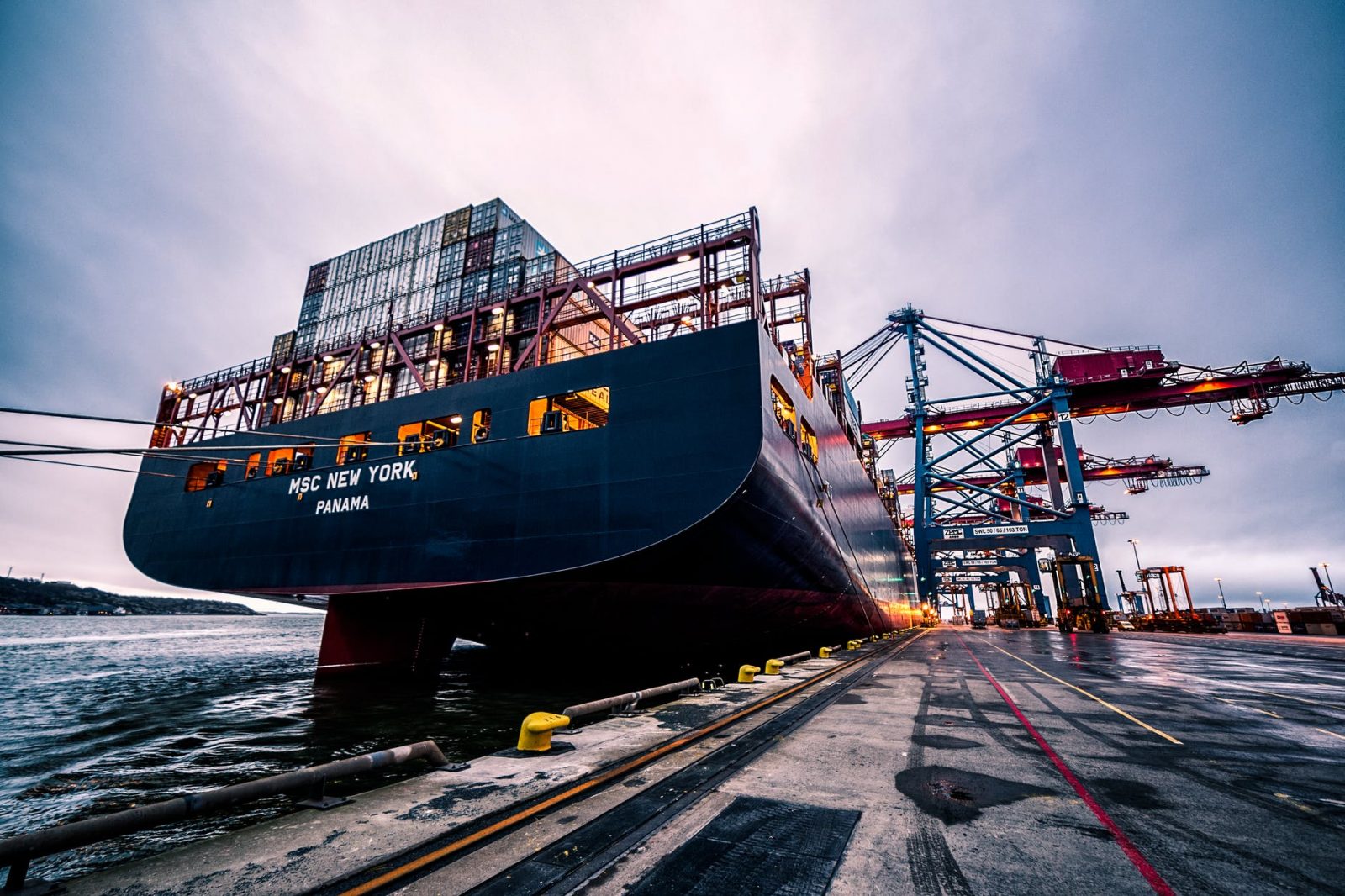All about Cargo Shipping Containers
The introduction of the modern shipping container has revolutionized global supply chain processes. An intermodal container is a closed container used in various types of supply chain processes and transportation methods ranging from rail to air and shipping.
Though they are commonly seen in freight shipping, the intermodal container is versatile enough to safely and securely transport any type of goods across vast distances. Intermodal containers regulate geo traffic by ensuring that all containers use the same manufacturing guidelines.
Types of Cargo Shipping Containers
There are six types of intermodal containers, and these depend on the particular use case you need. All these types are manufactured using the highest International Organization for Standardization (ISO) guidelines. These guidelines ensure that the containers have structural integrity, the capacity to withstand harsh weather conditions, and finally, they have to have the right size and dimensions. Most containers come in either 20′ or 40′ sizes though some countries and shipping lines might include other variations. Broadly, the six types of shipping containers are:
- Insulated
Insulated containers maintain a warm and dry internal environment making them the best shipping containers for long-haul transportation. They are insulated from inside, ensuring the environment during storage time remains active and balanced until the container is opened.
- Dry Freight
Over 90% of all containers used globally are dry freight containers. They carry all types of cargo and therefore serve a general-purpose. The underlying need for these types of containers is their sturdiness and capacity to remain airtight. They come in 20’and 40′ varieties.
- Refrigerated
These are highly advanced containers that come with a temperature regulator ranging from between -70ºC to 50ºC. The global food and flower supply could not exist without these containers because they can keep any food or chemical fresh over a long time and distance. Transportation of critical medication and vaccines requires such containers.
- Open-top
Not all containers are enclosed, and the open-top is one example. It lacks a roof, and this allows for various types of machinery to be transported. It is instrumental in the transportation of materials that don’t require any special protection from natural elements. It is also widely used to transport construction equipment. The open tops are considered in most heavy machinery transportation due to their design. Some machinery are oblong or irregular in shape and cannot be structured to fit in enclosed spaces.
- Tank Containers
Intermodal containers are also used to ship liquids and powders, which require a different shape due to the other qualities of materials and chemicals. Tank containers come in cylindrical shapes due to the fluid’s thermodynamic attributes, and these containers have an allowance for expansion of the liquid. They also have special insulation to prevent corrosion of any nature.
- Flat Rack
These are a bit unconventional since their sides are collapsible to form a flat surface. They are mainly used to transport heavy machinery, pipes, and other materials which have elongated dimensions.
Advantages of using intermodal containers
The universal use of intermodal containers means they have certain advantages that other freight containers do not have. Nearly every industry uses intermodal containers because of their apparent benefits, such as:
- Time efficiency
Intermodal containers are very efficient in managing time and effort. There is no need for multiple loading and unloading across various transportation methods. This means the same container can be removed from a ship and immediately loaded onto rail or road without opening the contents or using cranes everywhere.
- Increased capacity
Trucks, rails, and airplanes have retrofitted containments for the intermodal containers, reducing the risk of having to custom-fit different modes of transportation. They are universally accepted standards for intermodal containers, thereby increasing their use capacity across various sectors.
- Convenience and safety
Intermodal containers are made using the highest ISO standards. The levels of certifications required before shipping ensure that there will be no leakage of any kind, which might jeopardize the quality of the material.
- Cost-effective
By eliminating additional operations, the ISO containers are pretty effective in reducing costs. A single driver can transport it over long distances while retaining the goods’ integrity, and later a single ship will take it to its destination. There is no need for multiple personnel. With the advent of IoT and tracking technologies, cost reduction has become the norm in the business.
In conclusion, intermodal containers have streamlined international freight, contributing significantly to international trade and efficiency. Overall, the different shipping lines use the same standards to ensure that business does not cease merely because of differing containers’ measures. In this recycling era, shipping containers have emerged as the best solution for cargo as they are reused several times before they are no longer tenable for long-haul transportation. Overall, they have consistently proven to be reliable and cost-effective.





